By Sarah Thomas
Here’s the undeniable truth about Instagram at the moment – it is POWERFUL. The engagement rates on Instagram are higher than all social media platforms making it is the best platform to build a community for your brand.
Instagram expert Jenn Herman, who you may know by her Instagram handle, Jenn’s Trends, shared everything you need to know to strengthen your game on Instagram at MDMC this year. Jenn is a social media marketing consultant, author, and speaker with a huge community of followers on Instagram. One thing is for sure, Jenn packed the room during her presentation and captured the attention of the audience with her vivacious personality and humor! Continue reading for a recap of the valuable steps Jenn provided to grow your Instagram and make more sales.
Clearly, you should not want to miss this, I mean look at how packed her session was!
Create a Profile That Attracts Followers
Jenn shared that the most important factors in your profile are as follow:
- Name & username
- Profile Photo
- Bio Description
- URL
- Contact Info
These are the first impression of your audience so use them wisely! One thing Jenn stressed is the use of hashtags in your bio – do not overdo this. The only hashtags you should be using in your bio are hashtags that are specific to your brand, otherwise, you are sending viewers to a hashtag that has nothing thousands of photos with no relation to you.
Better Attention with Better Content
Jenn explained that less is more when it comes to content. The quality of your content is much more important than the quantity of content. A couple of posts a week that get engagement are much more effective than posting every day with little to no engagement. To get more engagement with your content, find ways to connect to your audience through emotion, this can be done using humor or relatable stories.
Get More Reach and Followers
Strategies you should be using to get a larger reach include:
- “Tag” friends – have your audience tag friends in the comments, this gives more exposure to your posts
- Hashtags – use hashtags that are specific to your brand or industry
- Resharing to Stories – make sure your audience is able to share your stories to theirs, you can find this option in your settings.
With all of this in mind, you are officially ready to go step up your Instagram game and build your brand’s community! If you aren’t familiar with Jenn be sure to follow her on Instagram @jennstrends, there is no doubt you will benefit from all of the tips and tricks she is constantly sharing with her followers.
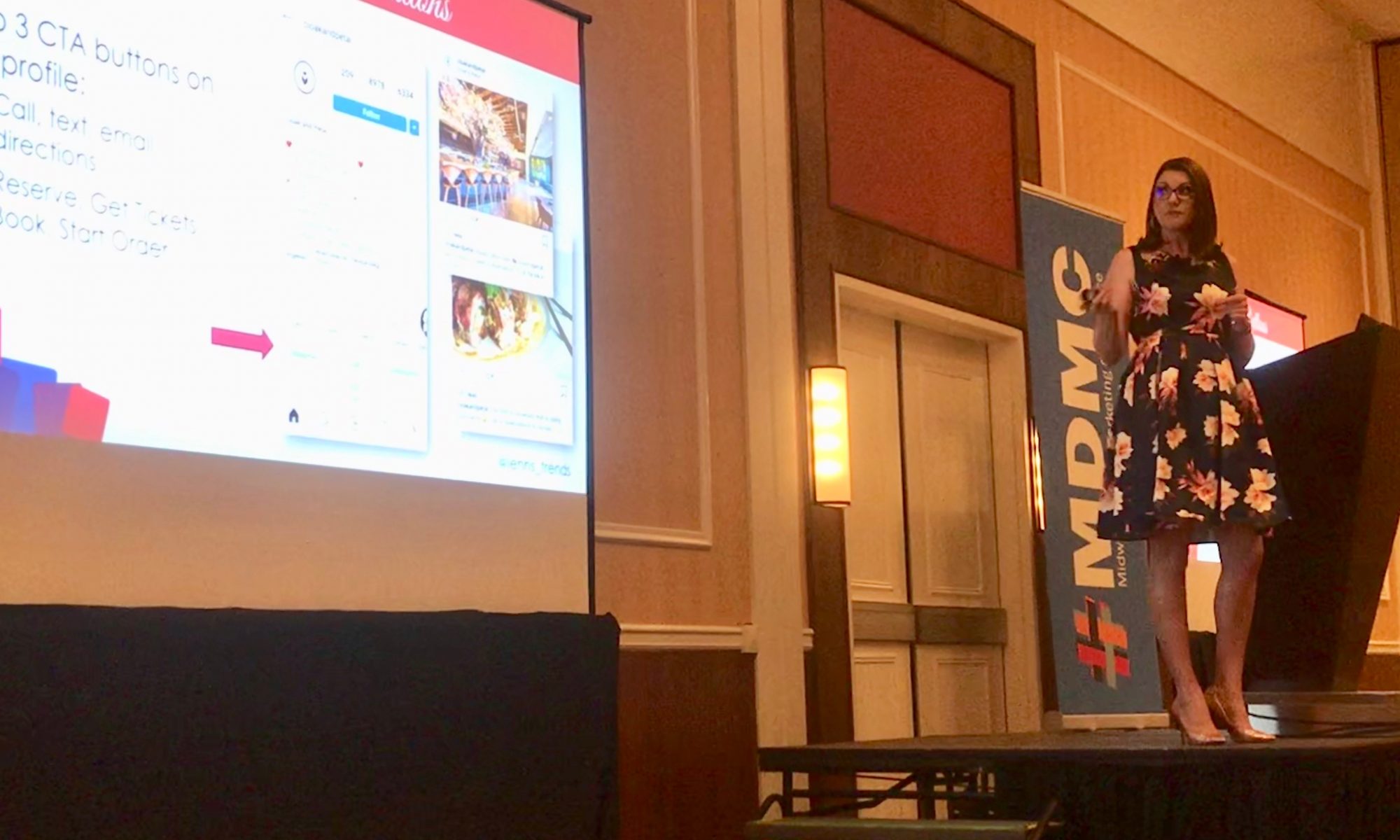





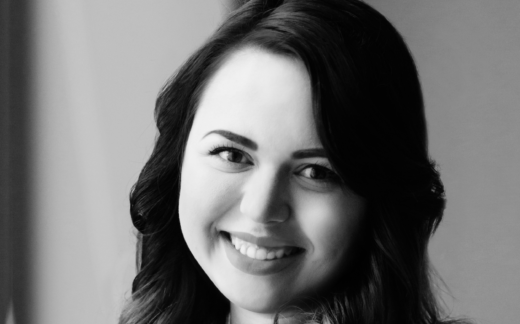
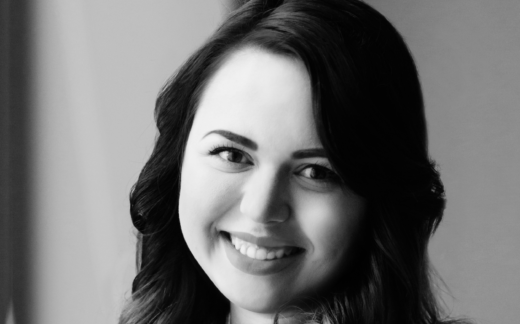

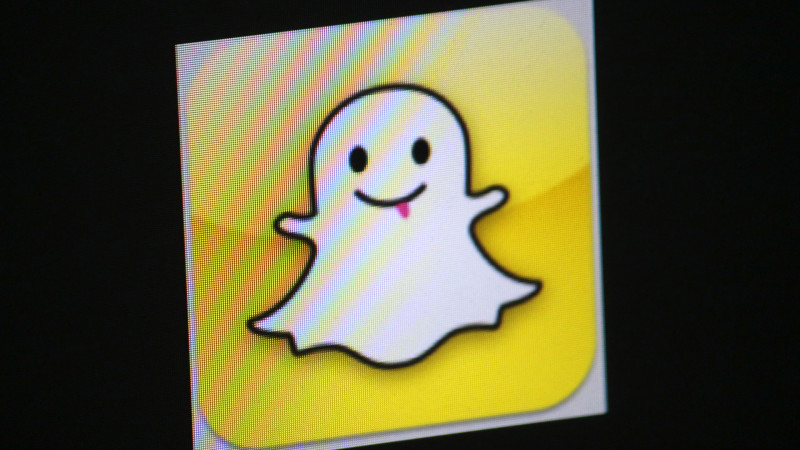
 So what’s alluring about vanishing photos, videos and filters? Unlike the ever-lasting portal of Facebook and Instagram, Snapchat holds content that cannot be scanned by Googlet least not yet, we’re watching you Google +). To follow a brand that is not paying to play on the main page, one has to manually enter the exact name or scan a barcode. Snapchat takes more effort than traditional social media networks to engage with, meaning those who do engage feel a much stronger connection than just scrolling through a curated feed. Since a user can switch from plastic surgery cuts to CNN breaking news through a simple swipe, the options become limitless for what brands can offer.
So what’s alluring about vanishing photos, videos and filters? Unlike the ever-lasting portal of Facebook and Instagram, Snapchat holds content that cannot be scanned by Googlet least not yet, we’re watching you Google +). To follow a brand that is not paying to play on the main page, one has to manually enter the exact name or scan a barcode. Snapchat takes more effort than traditional social media networks to engage with, meaning those who do engage feel a much stronger connection than just scrolling through a curated feed. Since a user can switch from plastic surgery cuts to CNN breaking news through a simple swipe, the options become limitless for what brands can offer.



 On April 21st, the Midwest’s largest digital marketing conference will be held at Union Station in St. Louis. On our journey to discover how marketing has shaped this community we were introduced to Brianna Smith, a thought leader in the digital marketing industry and a local supporter of UMSL. She is the Director of Marketing and Communications for the 2016 Midwest Digital Marketing Conference.
On April 21st, the Midwest’s largest digital marketing conference will be held at Union Station in St. Louis. On our journey to discover how marketing has shaped this community we were introduced to Brianna Smith, a thought leader in the digital marketing industry and a local supporter of UMSL. She is the Director of Marketing and Communications for the 2016 Midwest Digital Marketing Conference. 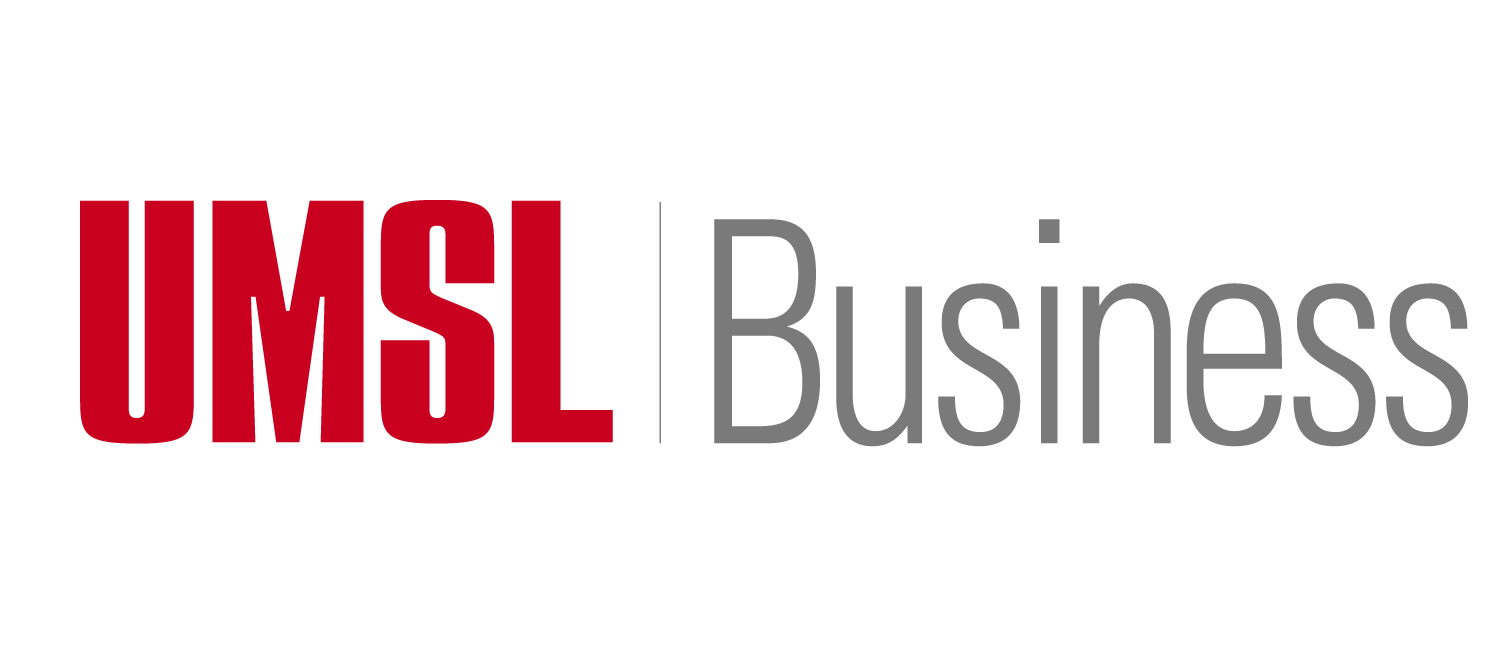

 Let me introduce you to MDMC16 speaker
Let me introduce you to MDMC16 speaker